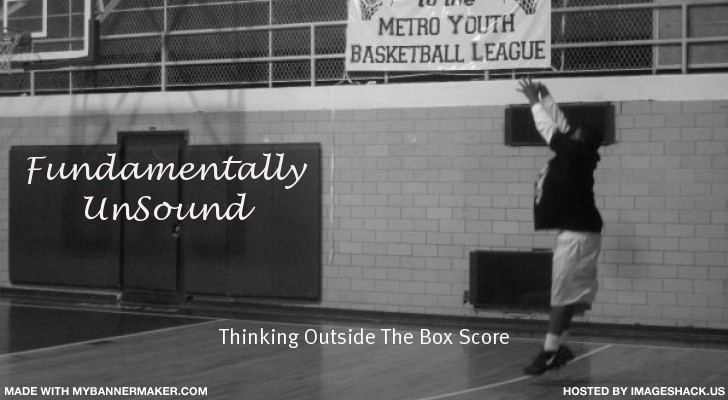Yeah, yeah. I know. Long time no blog. But I've always made it clear that posts drop as often as I've had time. Frankly, I just haven't had the time. Other things and other opportunities have come about. But now that I'm able to balance all of that--and with the best NBA offseason ever--I'm back and able to philosophize about the game that is Basketball. Been away for months, but things haven't changed. Meet me after the random picture...

There's no need to recap what happened this offseason. It was practically everywhere. No links necessary. And yes, the first article back will be about "The Decision." However, it won't be approving or scolding LeBron for playing for Miami or even the hour-long special itself. Instead, this post will focus on a key point that seems to be the underlying factor for people who were against Lebron's move: legacy.
Most people (including myself, before I really thought about it) felt that Lebron changing teams and teaming with another superstar somehow hurts his legacy long-term. They feel that somehow, Lebron can no longer ascend to that "Chosen One" throne because left Cleveland. To them, Lebron's lost the chance at becoming the best basketball player ever simply by switching jerseys at 25. But is there a concrete definition of "legacy?" Or is there merely a mythological perception of it...

I believe that over time, the Elites of all sports began to share certain characteristics. And I don't just mean Hall of Famers. I'm referring to the legends--the icons that are spoken of with hallowed breaths. These players seem to have similar career paths. They play for one team most (if not all) their careers. They break a few records, pile up gaudy stats, and win multiple rings. The prime example is Jordan, who's so deified that his two years with the Wizards are viewed as though another person was player/executive in D.C. Bird and Magic spent their entire tenures immersed in the NBA's most famous rivalry; and there are certainly other sports that have players that have done the same. They get to the point where imagining them in another uniform becomes a ridiculous notion. Their franchises deem them too valuable to part with, and allow for them to retire with the squad with which they began.
There is one pro athlete who still ascended to consensus greatness despite playing for multiple teams. That is Wayne Gretzky. The Great One was so dominant as a player, that it didn't matter that he played for a few teams. He was just that good. How often Gretzky changed jerseys would have had no bearing on how is career ended because his talent was just that undeniable. Of course, hindsight is 20/20; and he's an exception to that mold that other Elite athletes fit in.
What does Gretzky's hockey greatness have to do with Lebron? Well as I stated, Lebron has been selected--justly or unjustly--as someone that can finish his career as the best to ever hoop. If that wasn't the case, then there wouldn't have been a big deal being made about his move to Miami, nor would there have been ESPN network time for his decision. He would have been a footnote on the bottom line and a brief segment on SportsCenter like, say, Rudy Gay was when he signed. But he wasn't...because he is Lebron. And we recognize the potential awesomeness his talents can reach.

This isn't to say that Lebron will be the GOAT; but we also can't deny that he has the capability to dethrone His Airness. This was to suggest that just because a great player changes teams does not necessarily diminish his career. Let his play on the court and his winning or lack thereof determine where he ranks among the pantheon of Basketball players--not his jersey.

Peace.








































